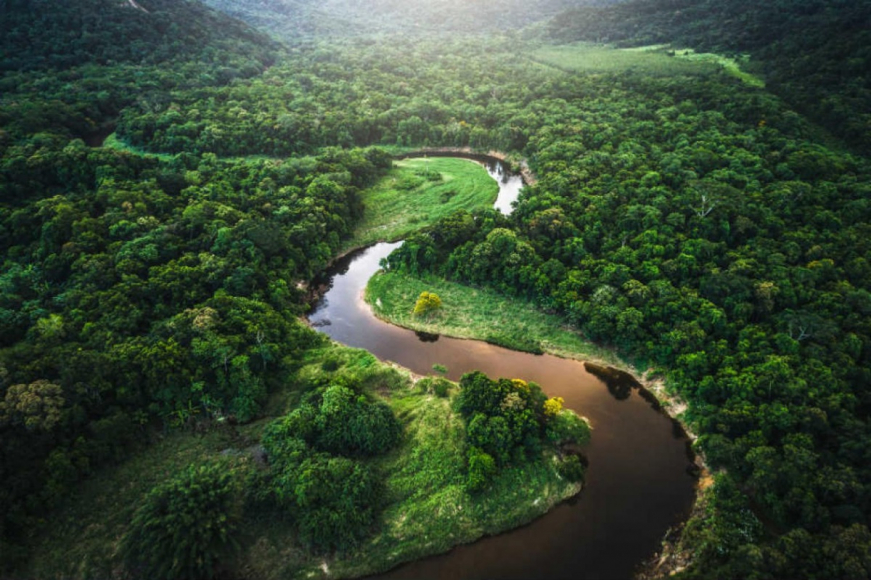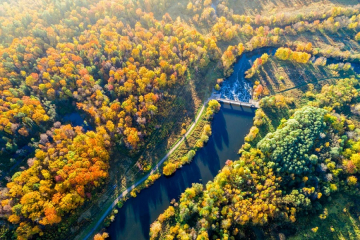Water risk is a growing source of concern for business today. It takes a holistic perspective to tackle these challenges and transform them into opportunities.
Water risk is a growing source of concern for business today. It takes a holistic perspective to tackle these challenges and transform them into opportunities. Having worked intimately in the water risk space for decades, we know that water is a unique and challenging business issue for many companies because it is:
- Location-specific: risk factors can vary significantly from one location to another;
- Dynamic: floods and droughts can occur in close proximity;
- Multi-dimensional: with physical (e.g. quantity and quality), regulatory, and social aspects;
- Essential: fundamental to nearly every activity, product, or service and has no substitute;
- Undervalued: a historically low-cost commodity, not reflective of its usefulness and true value;
- Contentious: legacy issues and social norms abound;
- Data Constrained: comparable and accurate data sets are limited, especially at low granularity.
Taken collectively, water can have paralyzing complexity, especially for companies with operations spread across diverse global geographies. The result is that companies commonly remain in reactive mode (e.g. putting out fires as they arise), maintain a narrow focus on facility-level water conservation, or try to get by with global data sets and water stress maps to define their business priorities.
Complexity Depends on Your Perspective
Many companies overemphasize the focus placed on exposure to risk conditions at the expense of appropriately considering their resilience to such conditions. This is where water can differ from many other business issues, as more balanced, expansive perspective is critical. Instead of choosing to focus on exposure OR resilience, companies are best served by considering both exposure AND resilience. Let's walk through the different approaches in more detail.
Exposure Perspective
Understanding exposure to risk conditions provides perspective on the probability of a particular risk impacting a given location. To look at exposure holistically, you need to evaluate two aspects:
- Geography: To what extent is a particular geographic location subject to water-related pressures? Is the location prone to extreme weather (e.g. droughts, floods, temperature changes)? Is there significant population growth and/or economic development? Does the region have strong governance?
- Facility Specifics: To what extent is a facility subject to water-related pressures? Does the facility have access to a reliable water supply, both short and long-term? Are there increasingly stringent regulations and permit requirements? Increasing water costs? Is the facility a large water user and is this public knowledge?
Resilience Perspective
However, organizations also need to anticipate, limit impact, and recover from undesirable water-related pressures. To look at resilience holistically, you need to evaluate the same two aspects:
- Geography: To what extent is a geographic location resilient to water-related pressures? Does the local municipality have a long-term drought management and/or climate change strategy? Is there a high rate of water reuse? Are there alternative water supply options (e.g. desalinization)?
- Facility Specifics: To what extent is a facility prepared to anticipate, mitigate, and manage water-related pressures? Is the facility using water efficiently? Has the facility evaluated source water vulnerabilities and is a protection plan in place? Does the facility have contingency plans specific to water? Is the facility actively engaged in community water issues?
Exposure AND Resilience: A Holistic Perspective
These two approaches combined provide a straightforward approach to designing a water risk assessment process, avoiding potentially misleading results like these:
- Not Accounting for Exposure: A state-of-the-art facility with unlimited withdrawal rights from an on-site well is evaluated as low risk. If the organization were to evaluate the geographic location exposure, however, they might find that the region has been exposed to increasingly severe and more frequent droughts, and a majority of the growing population is dependent upon the same groundwater as the facility. Suddenly, a low-risk site becomes a hotbed of uncertainty.
- Not Accounting for Resilience: A facility is perceived to be in an area of extreme risk according to a global water stress map and, as such, is required to implement immediate mitigation actions. If the company were to dig a little deeper into the ability of the region and facility to manage this risk, however, they might have discovered that the local infrastructure is currently undergoing expansion to meet longer-term demands. The area is advanced with regards to water reuse and aquifer recharge, and the facility is already best-in-class in terms of water use and reuse. The company could have saved unnecessary time, expense, and hassle and devoted those resources to other, more vulnerable sites.
Putting Plans into Action
Obviously, the time and money a company can apply to assessing water risks is limited. However, conducting a more holistic risk assessment can be done efficiently and help businesses avoid applying more time and effort to a given site than warranted, sufficiently validate risk conditions before requiring site-level actions or more detailed analyses, and gain greater clarity on risks and opportunities, enabling more strategic decision-making and greater return on investment.
To explore water concepts in more detail, check out the work of the Beverage Industry Environmental Roundtable (BIER.)
Want more news and insights like this?
Sign up for our monthly e-newsletter, The New Leaf. Our goal is to keep you updated, educated and even a bit entertained as it relates to all things EHS and sustainability.
Get e-NewsletterHave any questions?
Contact us to discuss your environment, health, safety and sustainability needs today.






